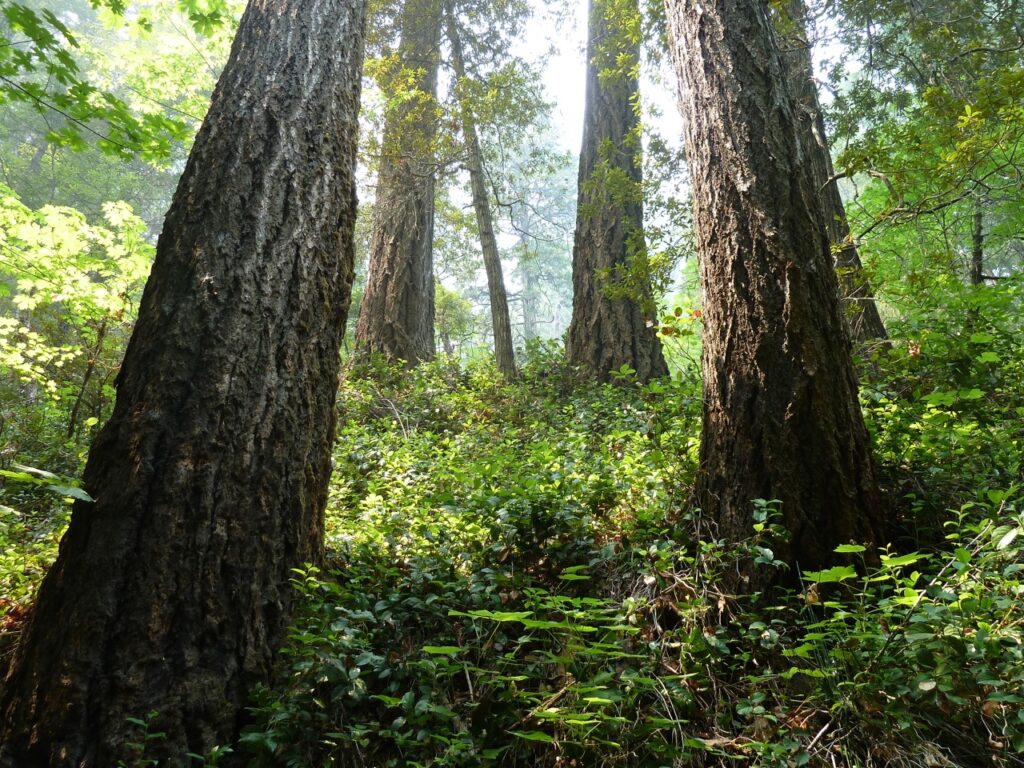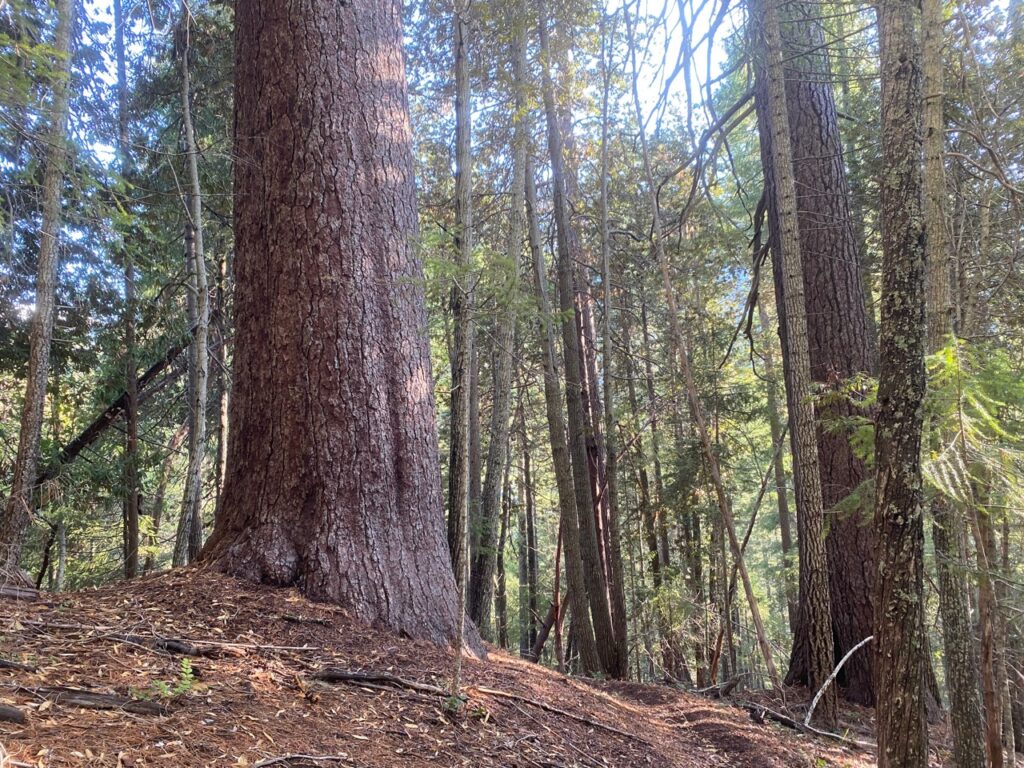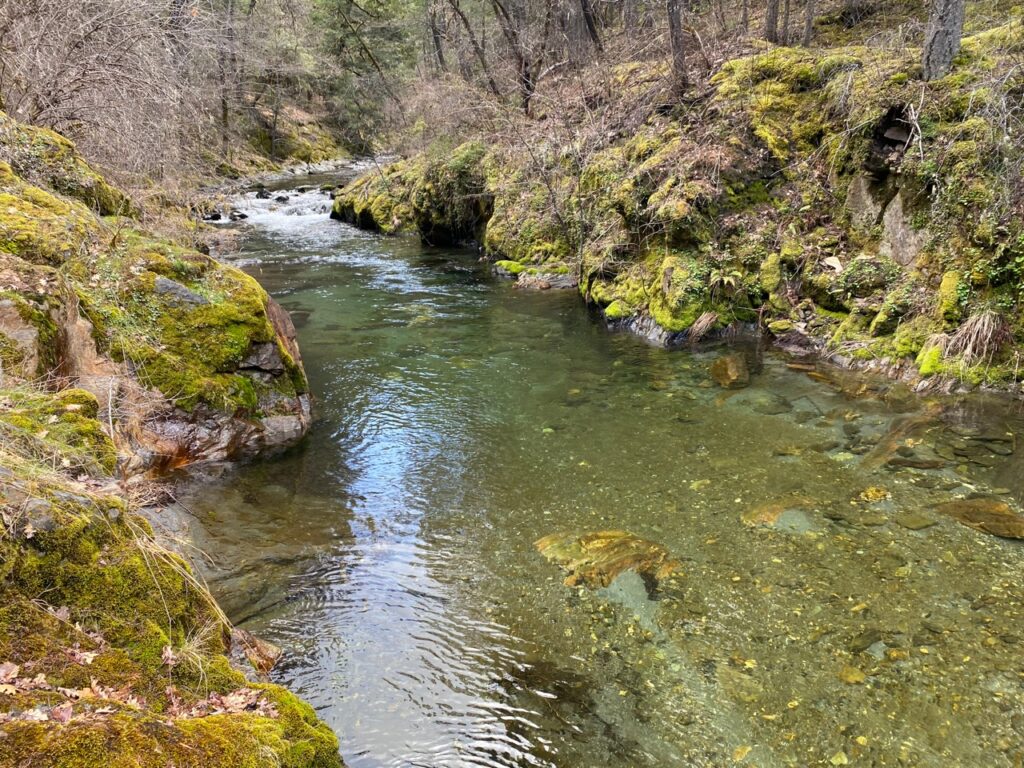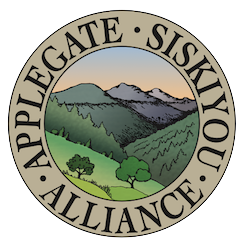(This article was originally printed in the Spring 2021 edition of the Applegater Community Newsmagazine)
Happy Earth Day!

For those of us who care for our environment, love the land, and work for wildlife, water, or wildlands, the last four years have been dark and uncertain times. From the national monuments stripped of protection and regulations gutted for the benefit of industry, to the xenophobic, environmentally destructive border wall, widespread anti-science policy and climate denial, we have had little, to nothing to applaud about the Trump Administration and its frenzy of shortsighted, profit-driven resource extraction.
Now with a new administration calling the shots, and in a flurry of Executive Orders, the Biden Administration has begun dismantling the destructive legacy of Trump era anti-environment policies. These Executive Orders have set forth a new policy agenda focused on environmental justice, climate change, and land and water protection. They commit federal land managers and regulatory agencies to science-based management, climate smart policy, and the protection of 30% of the American oceans and land base by 2030.
The lofty goals and words of these executive orders sound hopeful, but will only become meaningful when they are fully enacted and backed up with permanent wildland protections, long needed endangered species protections, and transformative changes to our economy, our food production system, our transportation system and our way of life. These changes will require innovative thinking and consistent political pressure. No matter how lofty and progressive their words might be, our elected officials must be encouraged by citizens like you and me to turn those words into meaningful action.

All too often people view the climate and extinction crisis as something affecting far off lands, with solutions in the carbon rich forests of the Amazon in South America and the Tongass National Forest in Alaska; however, both the impacts and the solutions can also be found right here in the Applegate watershed. We have seen the impact of highly variable and erratic weather patterns, warming temperatures, reduced snow loads, extended droughts, and low stream flows. What we don’t often appreciate is how the public lands of the Applegate watershed can also be part of the solution.
The Siskiyou Mountains are known for their world-class biodiversity, incredible habitat connectivity, towering ancient forests, and wild, clear-flowing streams. Protecting the Siskiyou Mountains is an important part of fighting climate change on the local level, but with global implications. The forests of the Siskiyou Mountains and in particular the ancient, fire-adapted, old-growth forests, sequester significant amounts of carbon. In fact, recent research shows that forests and other vegetation can absorb up to 40% of the emissions generated in the lower 48 states. Ironically, the timber industry is instead the largest single source of emissions in Oregon, but if managed properly for carbon sequestration and biodiversity, rather than industrial timber production, our forests could be a significant part of the climate solution.

Protecting the Siskiyou Crest and the surrounding wildlands in the Applegate watershed as part of Biden’s initiative to protect 30% of America’s ecosystem by 2030 would not just protect these carbon rich forests, it would also protect some of the most botanically diverse wildland habitats in the West. The Siskiyou Crest contains widely varying plant communities, endemic plant species found nowhere else in the world, and strongholds for endangered wildlife like the Northern spotted owl and Pacific fisher.
A broad, protected area straddling the Siskiyou Crest, expanding the Red Buttes Wilderness Area, designating new wilderness areas and encompassing the many wildlands of the Applegate would protect the region’s important biodiversity, maintain connectivity in a changing climate, facilitate species dispersal, promote carbon storage in old forest habitats, and protect important regional climate refugia.
Local Applegate residents are also strongly supportive of new Wild and Scenic River designation in our watershed. Recently Senators Wyden and Merkley introduced the River Democracy Act proposing 4,700 miles of new Wild and Scenic River in the state of Oregon and over 150 miles in the Applegate River watershed. This includes numerous important tributary streams to the Applegate River, vital cold water refugia, carbon rich forests, and significant wildland habitats. We hope to see this legislation passed and enacted into law, protecting the wild rivers and streams we depend on in a warming climate.

If we are to weather the coming storms, high dry winds, atmospheric rivers and the extended droughts of climate change, while maintaining the planet’s spectacular biodiversity and sustaining a livable future, we must alter many aspects of our daily lives and economy. We must also preserve what remains of our wild, old forests and woodlands, our rivers and high mountain peaks. Finally, we must build movements that ensure the lofty words of the Biden Administration translate into real action on climate change and biodiversity.
-Luke Ruediger, ANN Executive Director

